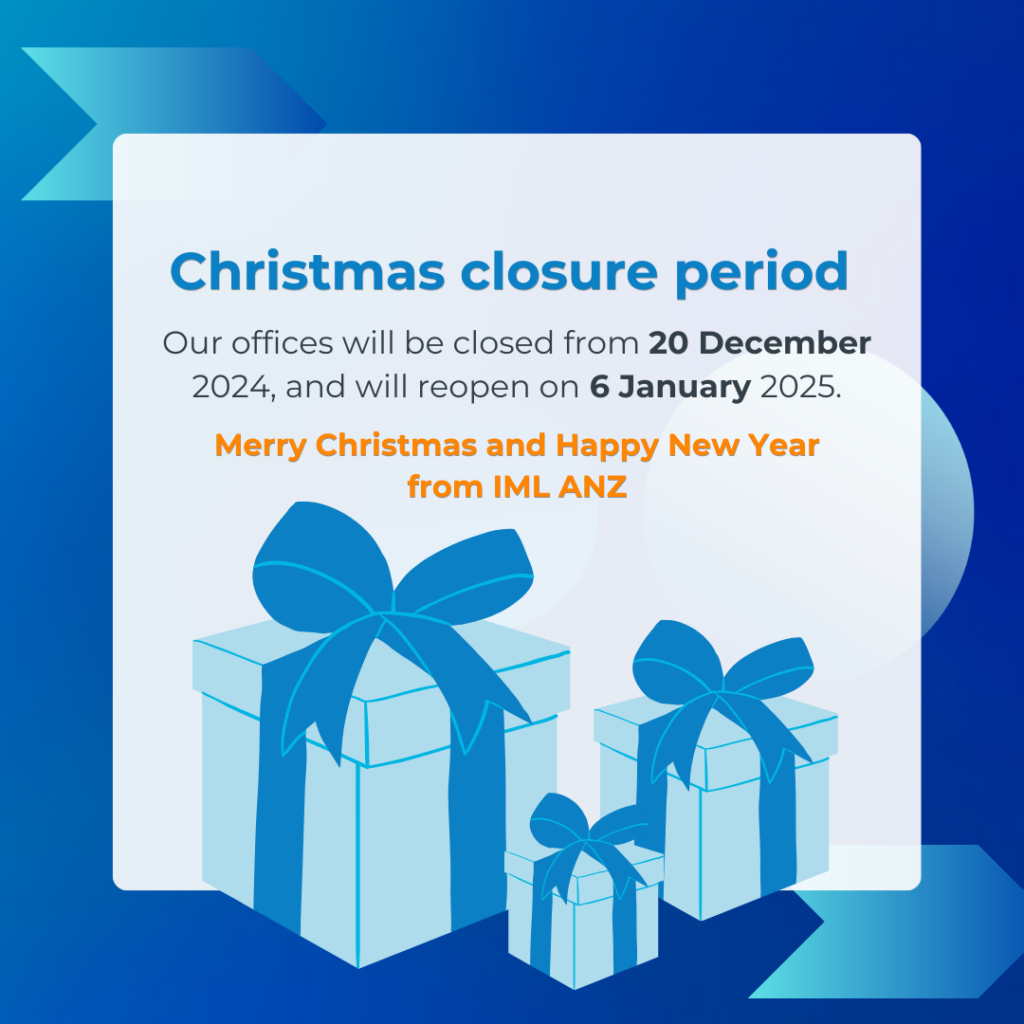Think all salary surveys are pretty much the same? Think again.
If you’re managing a business or working in Human Resources, it’s your responsibility to keep up with remuneration trends across your industry. After all, there are many factors that influence how employees are paid – from changing customer demands to broader economic trends. If you’re not on the ball, you risk over-paying or under-paying your people, neither of which is great for business.
Chances are you’ve already come across (and utilised) salary data, especially when review time rolls around. But while there are plenty of resources out there, it’s worth taking a close look at the numbers you’re using to make your decisions. Not all research is done with quite the same diligence – and it’s risky to take statistics at face value.
Australia’s longest-running survey, the Institute of Managers & Leaders’ National Salary Survey (NSS) is one of the most respected resources out there. Partly this is down to the fact that IML has been leading the way in remuneration research for over fifty years, so they’ve learned what questions to ask (and how to ask them). IML haven’t rested on their laurels either – over the years the number of HR professionals surveyed has grown, giving data into 250,000 employees gaining data into more than 25,000 employees, from hundreds of businesses and locations across the country.
If you’re on the fence about investing in the NSS, rather than relying on free resources, here are a few reasons to take the leap.
See what people are being paid in your specific industry, right now.
Salaries vary greatly between different industries – and what’s happening in one sector isn’t necessarily happening across the board. Whether you’re in Government, Social Services, Manufacturing, Construction or Business Services, it’s important to know what people are doing in your specific industry – and not all salary surveys can tell you this. We know that these days, Australians are embracing a wider variety of job types than ever before, which is why the NSS surveys over 250 positions across a broad range of industries. The more organisations you survey, the more robust your data, and more insight you have into the nuances between specific jobs. All of which is very valuable to those developing salary strategies.
Another factor to keep in mind is timeliness. Salary trends can shift extremely quickly, and data can become outdated within the space of a year. Unlike some other resources, which are annual, the NSS is updated every six months, so it always contains recent, reliable information.
Get an accurate picture of what’s happening across Australia.
Variations between industries aren’t the only differences to be mindful of – in Australia, employers also need to know what’s happening in different geographical areas too. With any survey, it’s important that enough people have been surveyed in your city or region – otherwise you risk be giving an employee in Perth a raise based on Sydney-skewed information. Again, this is where the number of people surveyed in the NSS plays a big part in its accuracy, and usefulness.
View historical trends and analysis.
Of course, it’s essential to have your finger on the pulse about the status of salaries now – but it’s also very useful to see this in the context of what has happened in the past. With over five decades of insights to draw from, the NSS is in a unique position to pinpoint historical trends that can prove very useful to HR managers. Which types of employees are gradually commanding higher salaries, and which are becoming less valuable? When forecasting for the future, what job roles can you expect to pay more for in the next few years? Answering these questions now can help prevent unpleasant surprises down the track, and help you anticipate how your remuneration approach may need to change over time.
Find out why employees choose to leave (from the horse’s mouth).
Retention is a huge issue for business and HR managers. Replacing staff is not only time-consuming, it’s also costly – on average it takes a massive $23,753 to find, hire and train a new staff member! With this in mind, it’s incredibly useful to understand the reasons why employees choose to leave – and it’s certainly a topic IML explores in the NSS. While salary is a factor, it’s not the only thing that drives employees to seek work elsewhere – the 2018 NSS found that many are seeking opportunities or personal development that they feel their current workplace isn’t providing. Armed with knowledge like this, you can put yourself in a better position to cater to your employees’ true needs, and stop them from looking elsewhere in the first place. Who knows, paying a bit more attention to training or career path planning could make all the difference to your turnover.
Curious to see what else the NSS can tell you?
Whether you’re looking to develop competitive salary packages for new staff, or hold onto your existing talent, the NSS is a tool that can make an enormous difference. Download the information pack below.
For the latest data on everything from bonuses to benefits, pre-order the IML National Salary Survey, or contact the IML team to find out more.




